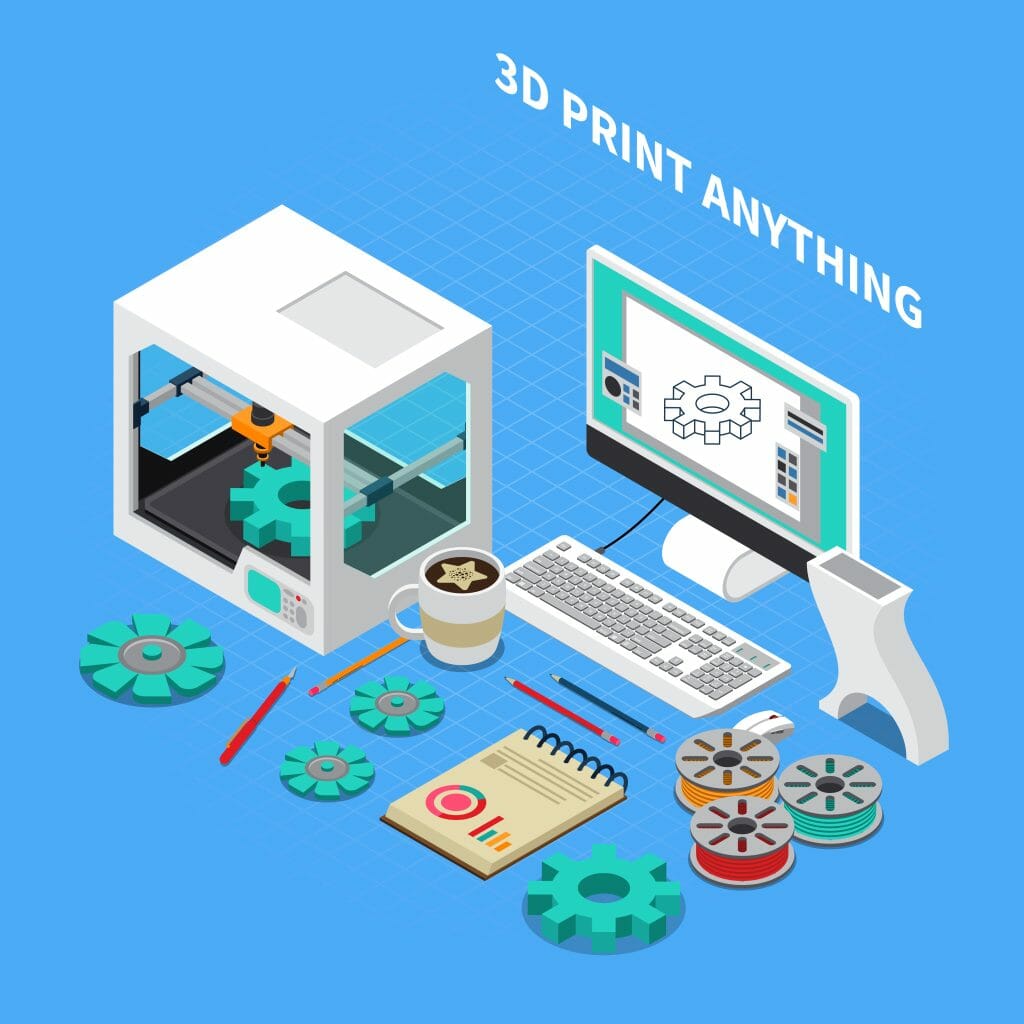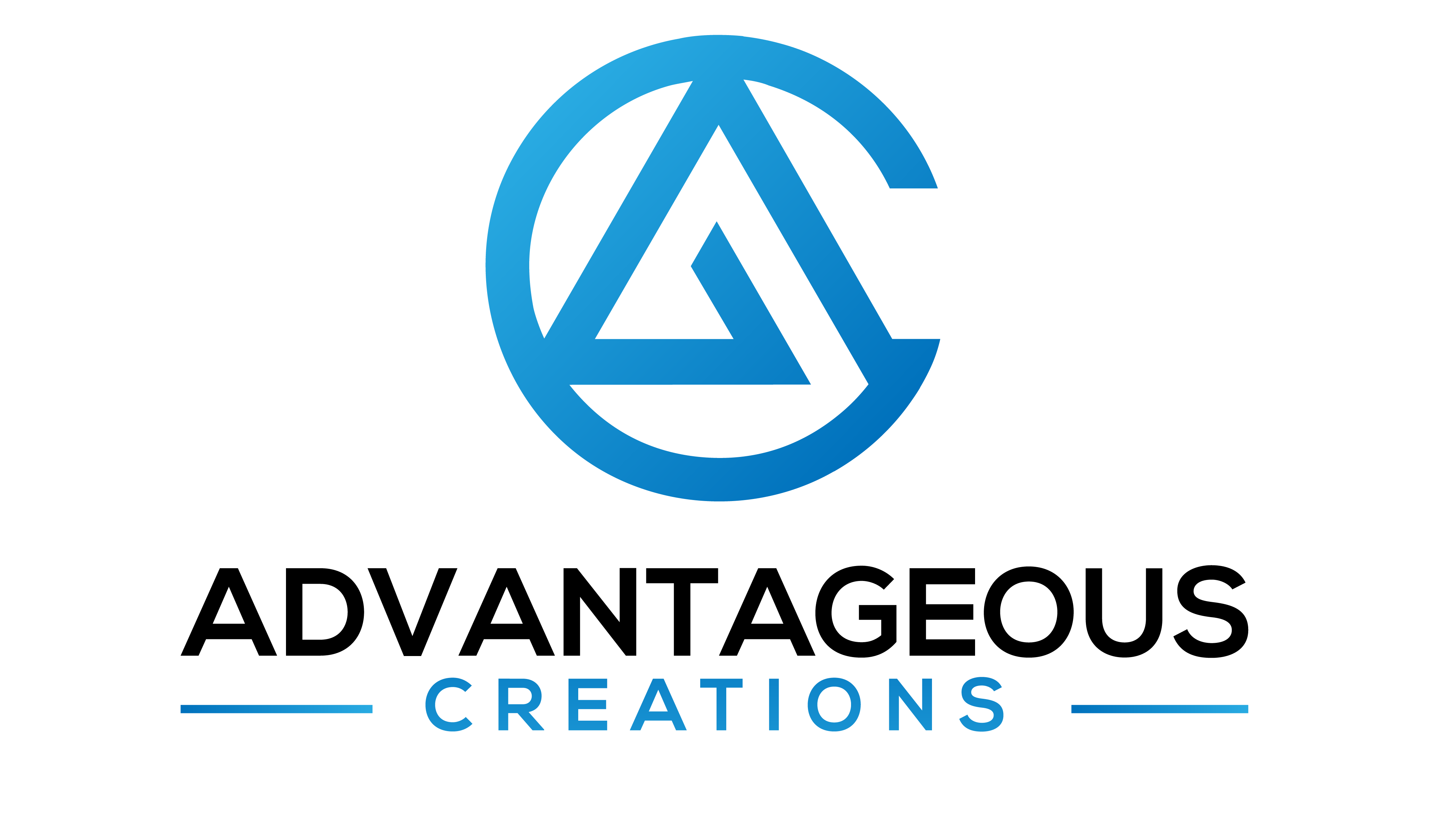Your cart is currently empty!
Why Choose 3D printing?
Advantages and Applications of Modern 3D Printing

June 27, 2023
Advantageous Creations
In recent years, 3D printing technology has evolved at a remarkable pace, revolutionizing the way we manufacture objects and driving innovation across multiple industries. From prototyping to customized production, this cutting-edge technology has opened up a world of possibilities. In this article, we explore the advantages and diverse applications of modern 3D printing.
1. Rapid Prototyping: Traditional manufacturing methods often involve lengthy and costly prototyping processes. 3D printing enables businesses to create functional prototypes quickly and efficiently, saving time and resources. Companies can now iterate designs faster, test functionality, and gather valuable feedback early in the development cycle, leading to improved products and shorter time to market.
2. Customization and Personalization: One of the most significant advantages of 3D printing is its ability to create highly customized objects. Whether it’s personalized consumer products, medical devices, or automotive parts, 3D printing allows for intricate design variations without incurring substantial additional costs. This technology empowers consumers to tailor products to their specific needs, fostering a new era of individuality and customer satisfaction.
3. Manufacturing Complex Geometries: Traditional manufacturing methods often face limitations when it comes to producing complex shapes and intricate designs. 3D printing breaks those barriers by enabling the fabrication of objects with intricate geometries, internal structures, and hollow components. This capability has transformed industries such as aerospace, architecture, and healthcare, where intricate and lightweight designs are highly sought after.
4. On-Demand and Localized Production: 3D printing offers the potential for decentralized manufacturing, allowing products to be made closer to the point of use. This reduces shipping costs, eliminates supply chain complexities, and enhances sustainability by minimizing carbon footprints associated with transportation. Localized production also enables faster response times to market demands, as products can be manufactured on-demand, reducing inventory costs and waste.
5. Cost Efficiency and Waste Reduction: Traditional subtractive manufacturing techniques often result in significant material waste. 3D printing, on the other hand, follows an additive manufacturing approach, where materials are deposited layer by layer, minimizing waste. Additionally, this technology enables the use of recycled or biodegradable materials, contributing to a more sustainable manufacturing process and reducing environmental impact.
6. Medical Advancements: The medical field has embraced 3D printing with open arms, transforming patient care and surgical procedures. This technology allows for the production of patient-specific implants, prosthetics, and surgical guides, improving treatment outcomes and enhancing patient comfort. Additionally, 3D bioprinting holds promise for creating functional human tissues and organs, potentially revolutionizing the field of regenerative medicine.
7. Educational and Creative Tool: 3D printing serves as a powerful educational tool, promoting STEAM (Science, Technology, Engineering, Arts, and Mathematics) learning. It allows students to materialize their ideas, experiment with designs, and gain hands-on experience in a wide range of disciplines. Moreover, artists and designers leverage 3D printing to explore innovative concepts, pushing the boundaries of creativity and artistic expression.
As modern 3D printing continues to advance, its potential applications are expanding, and its advantages are reshaping industries worldwide. From streamlining manufacturing processes to enabling personalized solutions, 3D printing is empowering innovation, fostering sustainability, and unlocking a new era of possibilities for businesses and individuals alike. The journey has just begun, and the future of 3D printing holds endless promise.

Leave a Reply